Filled Bleachers
A look into the disparity of coverage in sports at Bishop’s regarding gender and the NCAA March Madness dilemma
With 37 plaques recognizing Boys’ accomplishments in the pool and 35 for the Girls’, both genders contribute roughly equally to the School’s success.
“It always seemed like it was just the game that people watched for a few moments as they were walking past.”
Maggie Johnson ‘22 explained her feelings about the number of spectators at her games before COVID-19. I am a part of the Boy’s Water Polo team at Bishop’s and Maggie is a part of the Girl’s team. Although this is my first year as part of the Bishop’s team Bishop’s, I can clearly see the hard work that our Girl’s team puts into every practice. I can’t imagine it was any different in prior seasons. Having played against the Bishop’s Boys Water Polo team in the past, I know there was not a shortage of spectators at the games. I can’t imagine how demoralizing it would be for the team if our game was what, “people watched for a few moments as they were walking past.” Disproportionality and inequity between male and female sports have been a problem for as long as they have been formally organized and separated.
Maggie is not the only Bishop’s student-athlete who feels this way. There’s something of a common belief that male sports teams get more recognition than those of females. Senior Maggie Keefe has been at Bishop’s for three years and has played lacrosse and field hockey for all three. When asked about the difference in coverage, she said, “Football would always get a lot of shout-outs and recognition during announcements whereas field hockey never really did.”
However, she did go on to add, “Some girls’ teams got more recognition than others and I’m sure there are also boys’ teams that didn’t get as much recognition.” Angie Robles (‘22), who is a part of the dungeon and the Associated Student Body Council (ASBC) Sports representative, had somewhat of a similar thought. “I think it depends on which sports you are covering,” she said. “For example, the football team and girl’s volleyball team get the same amount of coverage and exposure. But what about the boy’s volleyball team?” Even then, the disparity between coverage and exposure is dramatic.
There was also a large controversy earlier this year about inequality in collegiate sports, specifically the National Collegiate Athletic Association (NCAA) March Madness competition. On March 18, the official March Madness Twitter account posted a time-lapse of people building a state-of-the-art weight room for the men’s basketball teams, but neglected to post anything for the women’s teams. This was because there was no weight room built for the women to show off. This caused instant outrage from both the fans and the players and left many wondering what the women’s weight room looked like.
That same day, Oregon Women’s Basketball player Sedona Prince posted a video on TikTok showing the women’s weight room: a single set of six dumbbells. In the video, she essentially calls out the NCAA by showing all of the empty space next to their practice area that the NCAA originally said was not available. The video went viral on both TikTok and Twitter, accumulating a total of over 29.5 million views on just two individual videos. Angie said: “I wasn’t surprised at all. Women have always been treated like that, but because of the media, things are just now starting to change. A lot of influencers saw this problem and used their platforms to bring attention to it. Because of this, the problem was fixed and the women’s tournament gained a lot of coverage.” Even though the problem was fixed, the overall negligence towards the sport was not eradicated.
To add on to the list of controversies, the imbalance between the Women’s National Basketball Association and the National Basketball Association’s eligibility was brought up again because of a female basketball player named Paige Bueckers. Bueckers has been somewhat of a prodigy at basketball for her entire life. In her first varsity basketball game as a freshman, she dropped 28 points, along with five steals and four assists. This would just be the start of an illustrious high school basketball career for Bueckers where she would average 23.4 points, 5 assists, and 5.1 steals per game. These high school stats are comparable to the late-great Kobe Bryant who averaged 25.0 points, 5.2 rebounds, and 4.7 assists per game. After high school, she would go on to commit to notoriously the best collegiate women’s basketball program, the UConn Huskies, where she would be able to display her athletic prowess on a national level. As a freshman at UConn, Bueckers averaged 20 points, 5.8 assists, 4.9 rebounds,2.3 steals per game, and earned numerous “Player of the Year” awards. The whole controversy began because although Paige Bueckers was quite clearly one of, if not the top, collegiate basketball players in the nation, she is ineligible to be in the WNBA because the minimum age is 22 years old, while Bueckers is only 19. This would mean that she would have to wait another 3 years in college before she would even be eligible to be a part of the WNBA.
This has brought up a lot of discussion within the basketball community because the NBA doesn’t necessarily have an age limit: they just require the athlete to have gone through at least one year of college. This all is a part of the Collective Bargaining Agreement (CBA) which the WNBA signed in January of 2020 and doesn’t expire until 2027. The CBA is a 350-page document that essentially serves as the rules for the WNBA. Article XIII of this agreement is specifically about eligibility and the WNBA Draft. Section 1 Subsection (b, i-ii) states that “A player is eligible to be selected in the WNBA Draft if she: (i) will be at least twenty-two years old during the calendar year in which such Draft, (ii) has graduated from a four-year college or university prior to such Draft, or “is to graduate” from such college or university.” This is almost identical to the NBA’s CBA, aside from the one, oh so small extra subsection. Article X Section 1 Subsection (b, ii, F) states that if “The player has expressed his desire to be selected in the Draft in a writing received by the NBA at least sixty (60) days prior to such Draft (an “Early Entry” player); he may be eligible to participate in the draft.” At surface level it seems as though the age limit is just different, with no real reason explaining why. However with a deeper look into it, it is clear to see that one minor subsection is responsible for such a major difference.
Through adversity, we have seen large movements through the media in our country regarding women in sports and have brought a lot of good recognition to this issue. However we should not excuse some of the inequalities that have happened in the past couple of years. Bringing attention to them and informing people who are unaware is crucial for us to move forward and bring this to an end.


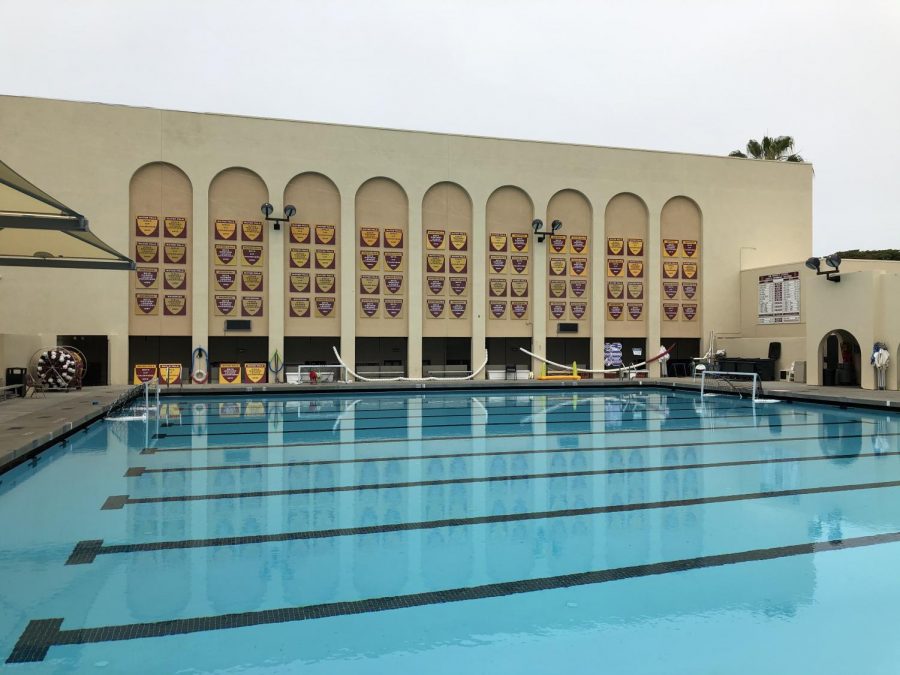
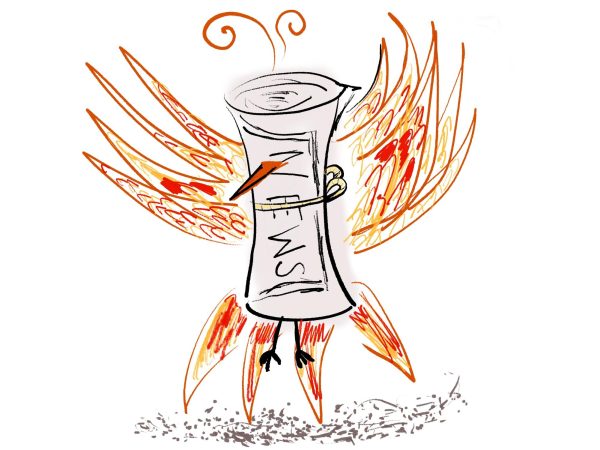
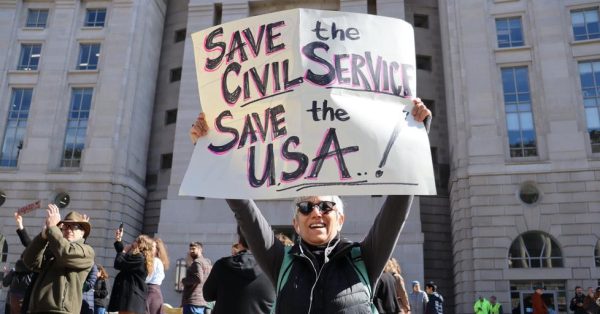
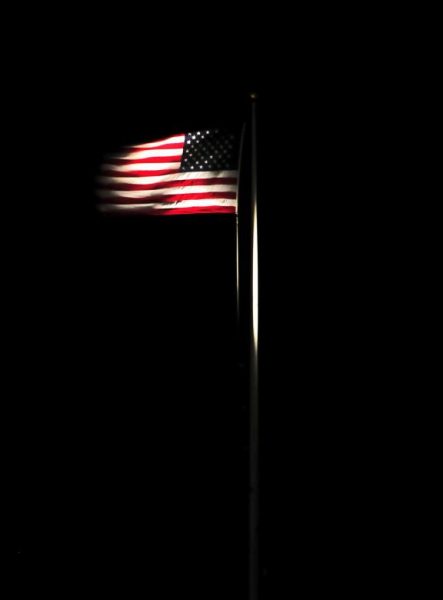
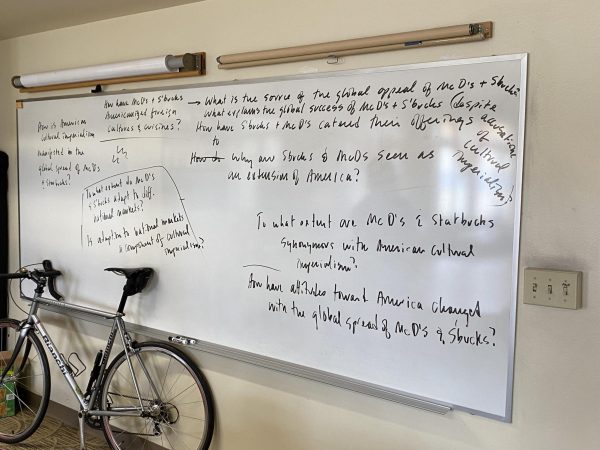
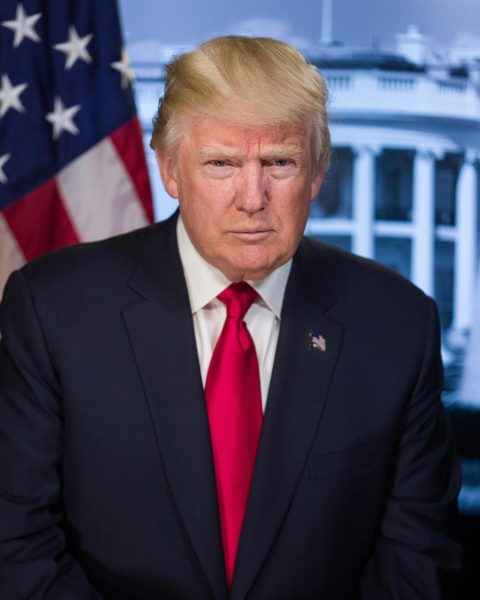
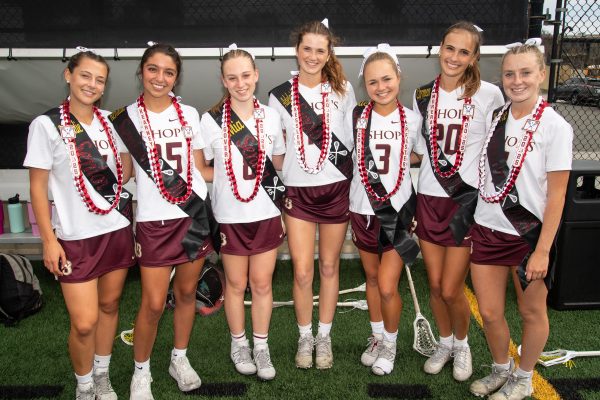
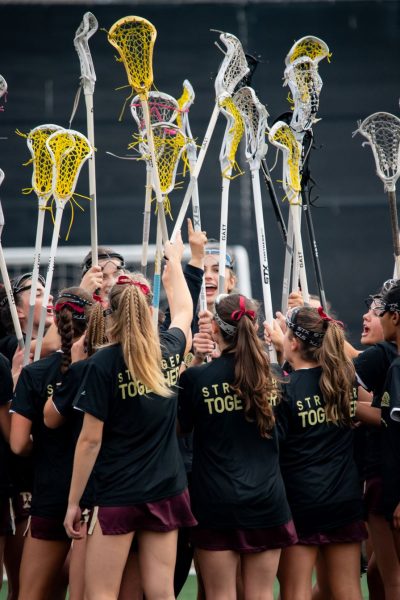
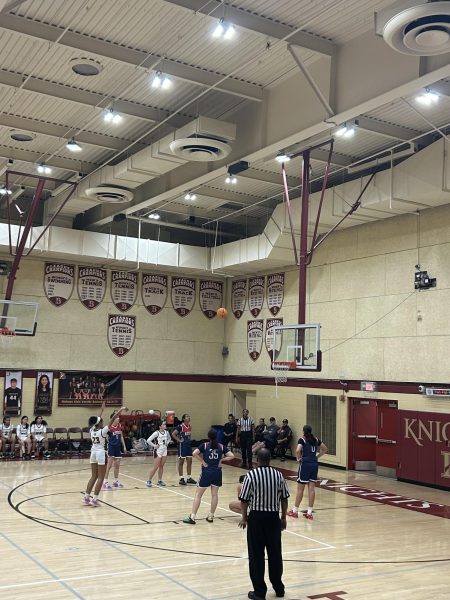
![“I [look forward to] the adrenaline of just competing with your friends and playing a sport that I’ve loved for so many years,” Sydney Mafong (‘26) said. “It’s just unmatched.” The Softball team celebrates a victorious moment in the game against San Diego High School on March 15th during the Torrey Invitational, which Coach Joe “Joey” Moreno called the “first real test of the season” in a Locker Room email and won 10-3.](https://thebishopstower.com/wp-content/uploads/2025/04/Screenshot-2025-03-17-at-21.49.22-600x508.png)
